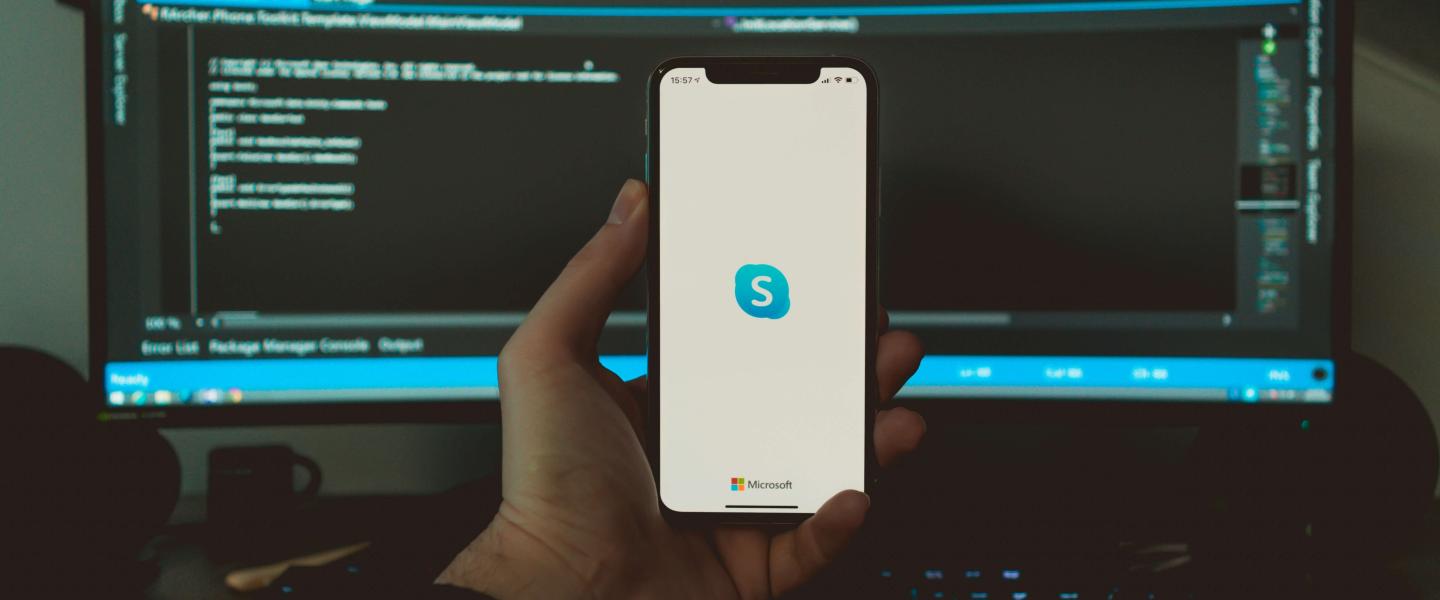Can the Oxford Scenario Planning Approach be adapted for social distancing and shortened timescales prompted by Covid-19? The answer is a qualified 'yes'.
Before we consider how to adapt the Oxford Planning Scenario Approach (OSPA) in straitened times, we need to restate that it has several distinguishing principles compared to other scenario planning approaches. Six of the most important ones are:
- A set of scenarios must be developed with their intended use, user, and purpose in mind. It is usefulness, not truthfulness, which is sought.
- Those involved should be considered learners more than decision-makers.
- Scenarios should distinguish between the more immediate transactional or business environment and the broader, contextual environment.
- Scenarios must be plausible as well as challenging and useful.
- Multiple iterations of a given set of scenarios within any one scenario planning engagement are encouraged.
- Scenario planning is a social process as much as a cognitive one.
In the OSPA, scenario planning is a structured and flexible process of co-learning and co-researching iteratively, not a means to a product: an OSPA initiative has to be designed to support activities such as technology road-mapping or strategy testing or strategic options development.
Bearing these principles in mind is it possible to produce a rapid, quick-results, cheaper version of a set of scenarios as per the Oxford Scenario Planning Approach, specifically in the context of Covid-19? The answer is a partial, qualified yes: it is indeed possible to develop a first draft set of scenarios rapidly and relatively cheaply, using 4 short on-line sessions which need careful preparation and follow-up. This applies only to the phase of creating a first and draft iteration of a small set of scenarios and not to the parts in which the scenarios are developed with proper research and then tested nor to the follow-up to ensure that they are actually used, refreshed and reiterated.
But when there are few human and financial resources available; where everything must be run on-line (such as during the Covid-19 pandemic), how might the OSPA be run and still be true to its principles? To address this question, we have applied the concept of ‘frugal innovation’ to scenario planning. Frugal innovation is undertaken when institutional, financial, human and other resources are scarce – as is the case, for example, for NGO’s facing huge and urgent challenges with diminished resources such as less time and virtually no in-person interactions. Here we outline a tentative and incomplete set of lessons from trials of frugal scenario building we have been running in the recent weeks.

It is possible to develop draft scenarios rapidly and relatively cheaply, using short on-line sessions
Familiarity with the OSPA
It helps if the intended users are familiar with the OSPA already. Otherwise, two ‘quick reads’ can be found here and here. It also helps if the scenario planning working group know each other reasonably well in advance, but even then, we have found that the activity helps to build new and richer connections among participants. We have also found that presenting the six principles of the OPSA in 10-15 minutes (including a Q&A ) after participants have read the two papers mentioned above suffices as the opening part of the first on-line session and works reasonably well.
Session expectations, duration and support
In each session it is important to outline the agenda and expectations. For example, the first session might result in an overview of contextual factors which will be developed further and used in the second session. Online sessions work best if they are about an hour long, and certainly shorter than two hours (with a break) in duration. This contrasts with face to face sessions that are typically run over several days in sessions lasting 3-4 hours each.
The online sessions are improved not just by preparation but also through means of a main facilitator and those who can aid the break-out groups. It is also helpful to have both a videoconferencing manager and someone to handle documents online. A caveat: Tight scheduling sadly prevents productive and interesting conversations, which often produces some of the most useful insights. Another important expectation to set at the outcome is that through this frugal innovation process only skeleton scenarios will be developed, and that depending on the purpose of the work, the scenarios will need to be revisited, researched and enriched when conditions allow for it. One must see the product here as only a first, tentative draft.
Clear purpose and use
The scenario planning initiative must begin with determining the intended user and use. This can be done prior to the first online session. In one recent engagement with a US-based philanthropic member organisation, this was achieved over 48 hours of exchanges.
Generating contextual factors
In frugal scenario-building, factors can be generated and shared in a first online session, using online video-conferencing and on-line document-handling software. If the group is big, one can break participants up into sub-groups. More contextual factors are raised this way than we had expected, so utilising clustering frameworks offline such as PESTEL following this session could be useful too. Further research can also be done offline depending on available time and resources.
Visualising differences among the scenarios
This is begun in a second on-line session but can be completed afterwards. In as much as scenario sets are valuable because of the differences between the plausible scenarios produced – different both from each other and from the ghost scenario in use – in frugal conditions, it is important to get to the difference quickly. A structure such as the 2x2 matrix, which we have researched over the years, produces those differences quickly although this can close off alternative, useful scenarios.
The least successful criteria for determining the two structuring factors to form the 2x2 matrix is ‘level of uncertainty’ and ‘impact importance’. This criteria speaks to risk rather than scenario planning which is about deep uncertainty. Instead, develop a process for selecting the structuring factors that is relevant to the purpose of the work. In the case of the membership organisation example, the purpose was to explore futures of sponsored communities, so we determined criteria to assess which contextual factors would best structure the differences which mattered to those communities.
Transforming the selected structuring factors into the two mutually independent axes which will comprise the 2x2 matrix also requires some further offline work. This can be done between the second and third online workshops between the facilitators and the intended users.
The two chosen uncertainties are taken as dimensions with end-states at the end of the scenario set’s time horizon. These can be (a) an either/or outcome which produces a frame, implying one must develop four scenarios, one fitting each of the four boxes or (b) a plus-minus outcome which produces a grid, implying one can locate 2-3 scenarios on the grid. If the axes are taken as a grid rather than as a frame, this approach does not box anyone into producing four scenarios and can instead be used to locate 2-3 scenarios in the grid. An example of this grid approach in the public domain is the scenario set we produced with the IMF. Various iterations of the axes can be exchanged between the facilitators and the intended users over a few days.

Online sessions should be an hour long or a maximum of two hours (with a break).
Developing the scenario set
Once the frame or grid and the scenarios have been identified and affirmed offline, a third on-line session is used to develop the scenarios. The session can confirm system diagrams prepared in advance, to logically connect the scenarios to each other and pre-written skeleton storylines connecting events from the end of the scenarios back to the present. If time in session three allows, beyond affirmation, the session can fill in the transactional environment actors which matter in each scenario. Further development of the scenarios and their implications can be done offline with the user after this third session.
Implications of the skeleton scenarios
The fourth session can assess the implications of the tentative scenario set for the purposes for which they were developed. When not working in the frugal context, this can normally take several weeks or months, with continual iterations and peer-review (which strengthens later buy-in) taking place.
With frugal innovation in the current circumstances, one can experiment and develop novel ways of doing things. One may change the way one builds a set of draft, initial scenarios and find that for some purposes and users, a frugal mode is sufficient e.g. for a small in-house team of people who know each other well and need to assess something important in a very short time span. Make notes about your experiences at this time, capture what works well online as well as offline so you can better incorporate these learnings into your ongoing scenario planning practice.
As always, comments are welcome to enhance our ongoing learning. Please email rafael.ramirez@sbs.ox.ac.uk and trudi.lang@sbs.ox.ac.uk





